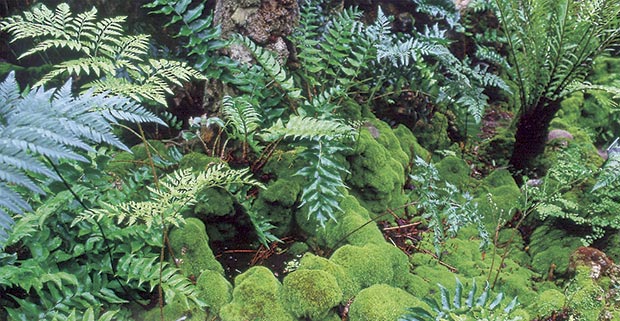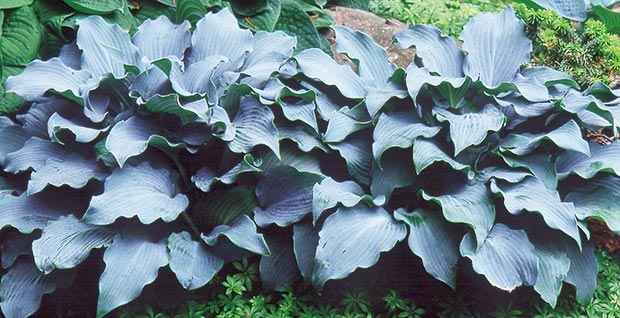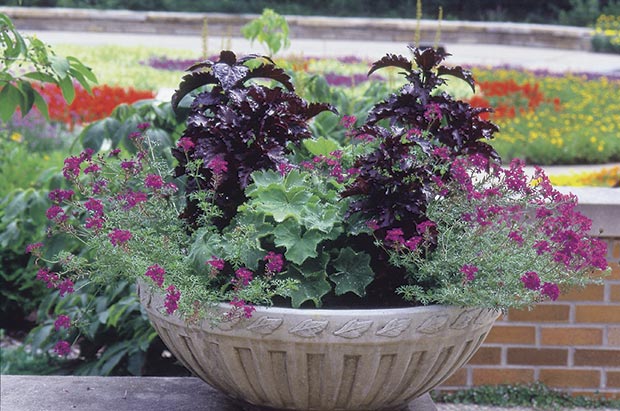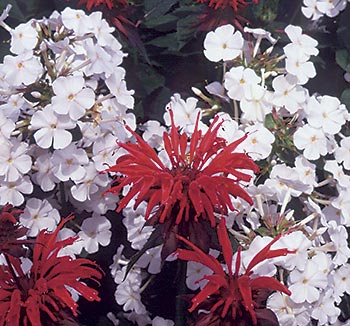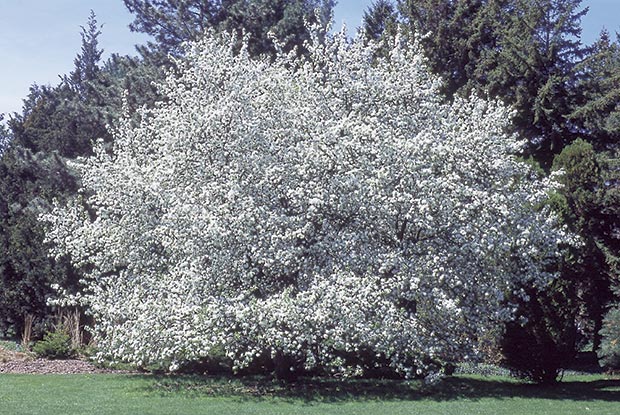I have 6 rose bushes that get morning sun. The foliage looks great but I get no roses. I inherited these plants when I bought the house and I don’t know anything about them. I have good drainage and have given them rose fertilizer. C.M., Allenton
Your roses with no blooms are more than likely not receiving enough direct sunlight. In order to produce flowers, roses must have full sun, which is usually defined as a minimum of 6 to 8 hours of direct sunshine. Morning sun doesn’t sound like it fulfills that requirement. Perhaps the rose bushes have become shaded as the surrounding landscape has matured and trees and shrubs have grown larger, creating shade where there was once full sun. If that is the case you have two options.
First, it may be possible to prune back the offending trees or plants that are creating the afternoon shade, thereby allowing more sunshine to the roses. In a mature landscape that can be difficult due to the probable destruction of the aesthetics provided by the larger plants. A second and more viable option is to simply transplant the roses to a new space with the full sun they need. The best time to transplant roses is in the very early spring, while they are still dormant, before any new leaves have sprouted. You can get a jump on the process by digging and preparing the new rose bed this growing season in anticipation of the big move. Then, next spring, dig each bush with the largest root ball you can handle and move them into the light.

